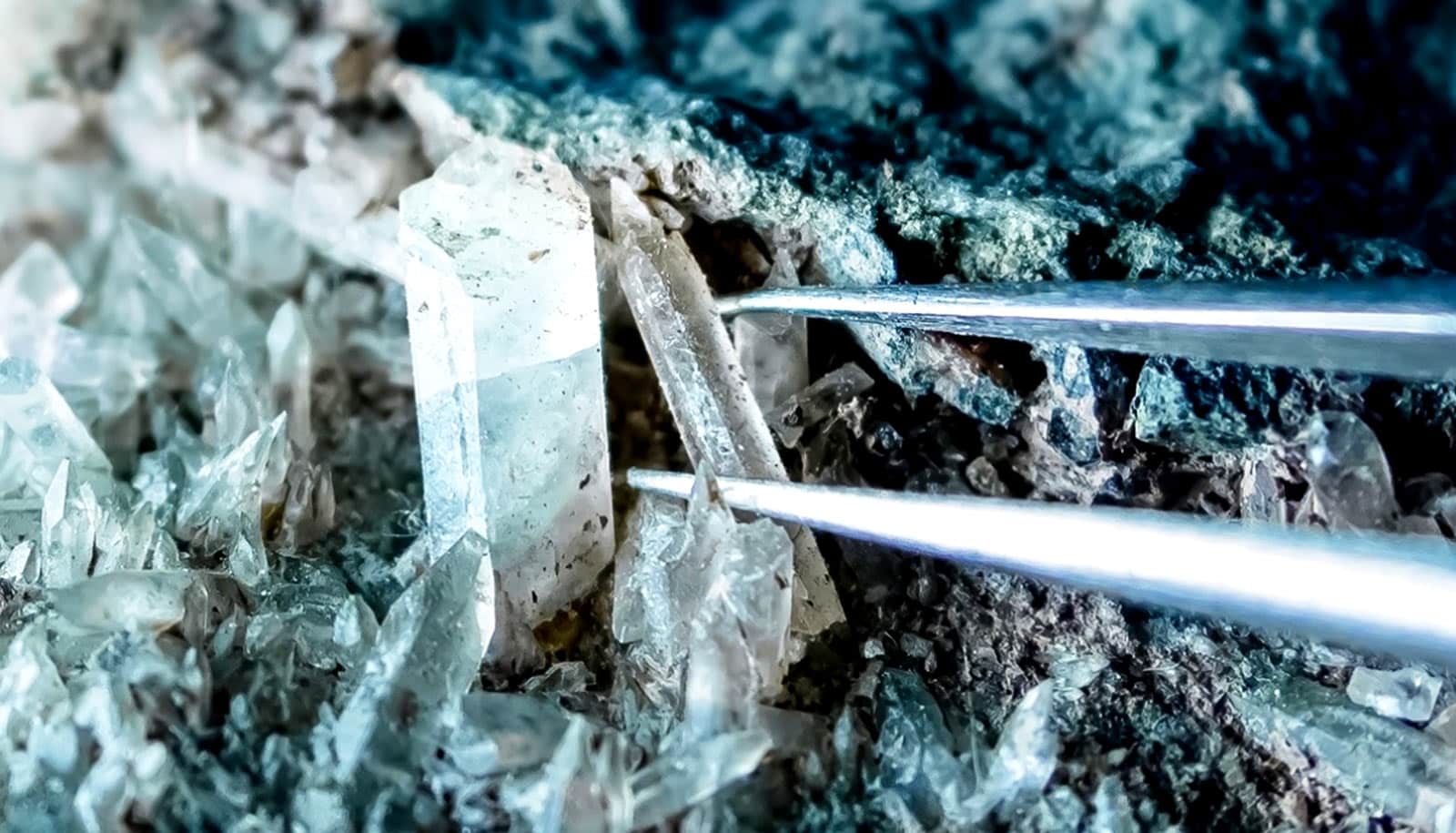A new study sheds light on the evolutionary history of an elusive form of life on Earth: the deep biosphere, a hidden realm of microbes inhabiting the upper few kilometers of Earth’s crust.
Deep, dark fractures reaching far down into the oldest rocks on Earth may seem about as hospitable to life as outer space, but some estimates suggest that microbes dwelling deep in the Earth’s crust account for the majority of microbial life. These underground lifeforms, which make up what’s known as the deep biosphere, could account for as much as 20% of all biomass on Earth.
These ecosystems host microbial lineages that are of interest for understanding the origin and evolution of life on our planet but remain the least explored and understood ecosystems on Earth, according to the authors of a new study that takes a closer look at how deep habitats changed during Earth’s tumultuous past.
“Understanding the history of the deep biosphere can provide insight into the evolution of life on Earth,” says Peter Reiners, a professor of geosciences and associate dean of the University of Arizona College of Science, who coauthored the paper with Henrik Drake, an associate professor at the Linnaeus University in Sweden.
“This requires understanding the complex evolution of habitable conditions in these underground environments, but such assessment had not been presented until now.”
The mysterious deep biosphere
While microbes have been known to eke out a living as deep as 3 miles below Earth’s surface, and possibly beyond, very little is known about how the deep biosphere has evolved over geologic history, and how modern microbes are related to their ancient ancestors in the subsurface.
Reiners and Drake focused on Precambrian cratons, which are some of the oldest rocks still present today, to find out where and when subsurface microbes should have been active on Earth hundreds of millions to billions of years ago. The results of their study, published in the Proceedings of the National Academy of Sciences, reveal that many cratons were uninhabitable for microbes for much of their existence, with the longest period of habitability not much beyond a billion years, and many cratons have only been habitable for the past 50 million to 300 million years.
“We showed that because microbial habitability generally requires temperatures less than about 100 degrees Celsius (212 degrees Fahrenheit), in only a few places do we expect to find evidence of subsurface microbial life older than about a billion years,” Reiners says. “Just because these rocks are really old, and the fluids in them may be old, too, doesn’t mean that they could’ve supported life until relatively recently, when they got very close to the surface by erosion.”
Precambrian cratons are home to microorganisms that get their energy from consumption of nutrients including sparsely available organic carbon but also from chemical reactions between fluids and rocks. Drake and Reiners estimate that subsurface bacteria and archea (single-celled prokaryotes similar to bacteria), which now compose up to 90% of all microbial life on Earth, probably composed an even larger fraction of total life hundreds of millions to billions of years ago.
“Their evolution, particularly the evolution of their metabolisms—how they get energy and what chemical elements they ‘eat’ and ‘poop’—provide key insights into the evolution of all other critters,” Reiners says, adding that some researchers think that life may have first evolved beneath Earth’s surface.
Craton fractures
The researchers used a combination of records of deep ancient life found within craton fractures and recent advances in intermediate- and low-temperature thermochronology, a technique that allows scientists to reconstruct the temperature histories of rocks. Rocks may have endured higher temperatures and pressure during periods when sediments accumulated on top of them, only to be brought closer to the surface and into more habitable conditions once those sedimentary layers eroded away.
“By combining thermochronologic results from several different radioisotopic dating systems, we can reconstruct their thermal histories through the ups and downs of burial and erosion over time,” Reiners says. “This approach gives us context for prospecting and interpreting the little-explored geologic record of the deep biosphere of Earth’s cratons.”
By assessing when these rock environments became habitable, and in some cases when they may have been buried and sterilized again, the study provides new insights into the evolutionary aspect of the deep biosphere.
“Cratonic rocks formed billions of years ago, often deep in the crust, at temperatures too high for any life,” Reiners says. “It was only much later, following erosion, that the currently exposed rocks reached levels in the crust where temperatures were habitable.”
Drake says thermochronology could help identify areas where researchers could look for the oldest records of subsurface microorganisms on Earth.
“Eastern Finland, Greenland, and perhaps parts of the Canadian shield look particularly interesting, with habitable conditions spanning back a billion years or even more,” he says. “Those cratons are good targets for further studies of deep microbial evolution.”
Source: University of Arizona


